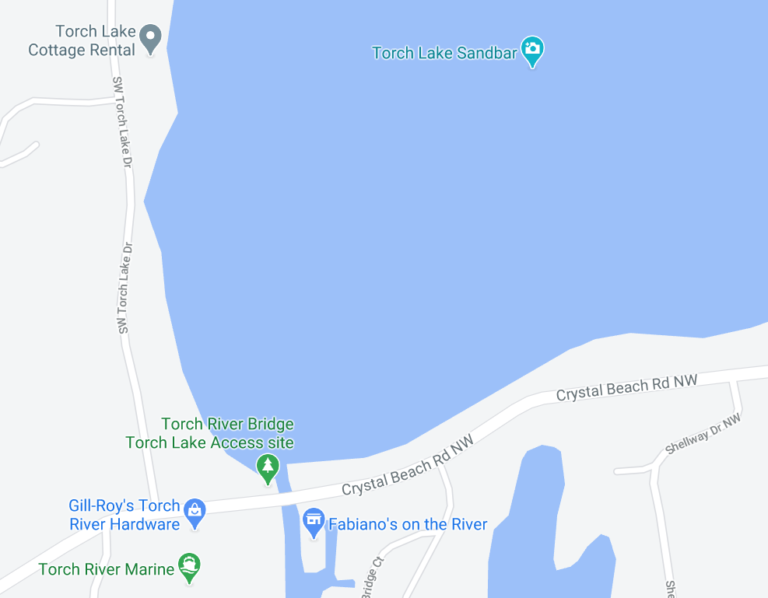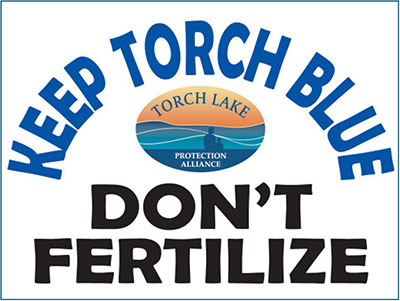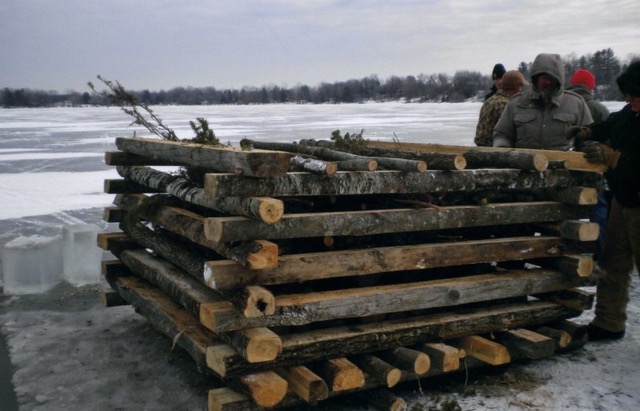
Torch Conservation Center, Inc is a local nonprofit organization promoting stewardship in the Torch Lake Watershed through freshwater education and land conservation to ensure a sustainable future for Torch Lake. See additional resources on our Aquavist page. *Report not conducted by Tip of the Mitt Watershed Council

Shoreline Algal Survey on Torch Lake, Clam Lake, and Lake Bellaire (2004)įish of the Elk River Chain of Lakes (2001) - Hard Copy only, $ Grand Traverse Bay Watershed Protection Plan (2005) Total Phosphorus Input and Output of Torch Lake (2005) Torch Lake Shoreline Greenbelt Survey (2008)* More information is available in the link under Additional Resources below.Įlk River Chain of Lakes – Lake Profile (2010)


It has recently been advised to never eat lake trout from Torch Lake, even for a healthy male. High concentrations of mercury, Pol圜hlorinated Biphenyls (PCB’s), and dioxins-all toxic byproducts of industrialization-are the reasons for the advisories. Because of its unproductive nature, Torch Lake does not yield large numbers of fish.įish Consumption Advisories have been listed for five species of its fish: brown trout, lake trout, lake whitefish, smallmouth bass, and yellow perch. Fishing pressure is generally considered to be light. Smallmouth bass, yellow perch, and rock bass, and muskellunge are commonly fished for in Torch Lake, and Torch Lake is known for large muskies and whitefish. Burbot are common in a deep-water community association with the trout, whitefish, and deep-water sculpin. Torch Lake is noted for its coldwater fishery, including lake trout and whitefish, both of which are self-sustaining through natural reproduction. The Torch River flows out of the south end of the lake. All of the other tributaries are very small and apparently unnamed. Named tributaries include the Clam River (Torch Lake’s major inlet), and Spencer, Wilkinson, and Eastport Creeks. Pondweeds, water milfoil, and wild celery (or tapegrass) are found in only a few locations. Aquatic plants are sparse, with muskgrass (or Chara) being the most abundant. Almost everywhere, the lake has a wide, sandy, shallow region paralleling the shore, which ends in a steep drop-off. Bottom sediments in the deepest waters are grey or white in color due to the deposition of marl with only low levels of organic material. However, large areas of sand are present in some locations, most notably at the north and south ends. The shoreline consists mostly of cobble-sized rocks. With a steady 35 mile per hour north or south wind, waves up to 4.5 feet high can develop.įormerly a deep, fjord-like bay of ancient Lake Michigan, Torch Lake became an inland lake when a sand bar formed across the mouth of the bay (now the lake’s northwest end).

It is also Michigan’s longest inland lake. Often, it does not freeze because of the large amount of heat stored in its vast volume. As a result, Torch Lake has the longest flushing rate of any lake in the Elk River Chain of Lakes. Its surface area is second largest in Michigan, but its great depth (about 300 feet, depending on the map) gives it by far the greatest depth and water volume of any inland lake in the state. Torch Lake is one of the most extraordinary lakes in Michigan. Primary Inflows: Clam River, Eastport Creek


 0 kommentar(er)
0 kommentar(er)
